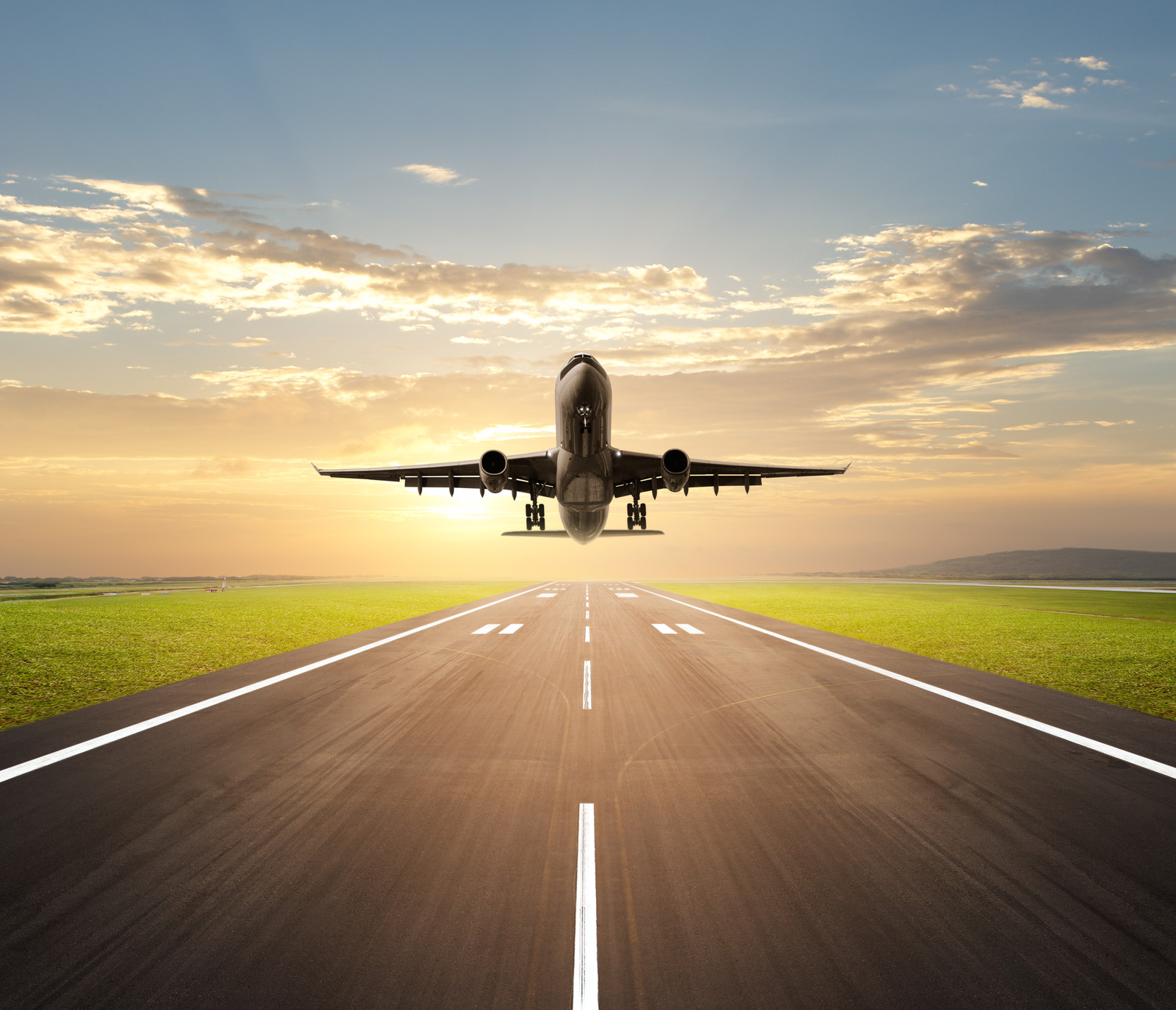You may or may not know that I am also a pilot. I began flying while still in college as I pursued my degree in Professional Pilot. So when a reporter contacted me for a story to ask a question about something she overheard while boarding a plane, I was happy to respond. A gate agent had made a request for 12 volunteers to change flights “because with the heat, they need less weight on the plane.” She inquired about why this happens and if altitude had any impact on flight performance.
The simple answer is that as heat rises, aircraft performance diminishes. Hot air is less dense than cold air, resulting in reduced engine performance and longer takeoff distances. Some takeoff distances may be reduced by so much it is no longer safe for that type of aircraft to attempt a takeoff as it may run off the end of the runway.
The solution is to either wait until the weather cools off or reduce weight. Lowering the airplane weight reduces the takeoff distance, offsetting the hot air issue.
Altitude also affects performance. At higher altitudes (like Colorado where I live) the air is less dense, which means the air particles are further apart. Think of it this way, dense air is like biting into a steak. In lighter air, it is like biting into whipped cream. There is just not as much substance there for the wings to chew on.
Humidity also affects aircraft performance. As humidity increases, the air density decreases. One of the worst conditions for an aircraft take off is a hot and humid day at high altitude. Many airplane crashes that occur in Colorado happen when out-of-state pilots fly here and do not account for the combination of these 3 factors.
Pilots are supposed to perform aircraft performance calculations prior to departure which considers the weight of the aircraft, the altitude, the temperature and humidity. These are compares to the available runway length. If there is not enough runway to take off under the existing weather conditions, the most common solution is to reduce the weight of the airplane by removing passengers, baggage, cargo or in some cases, fuel, provided there is still enough fuel left for the flight and the required safety margins.

